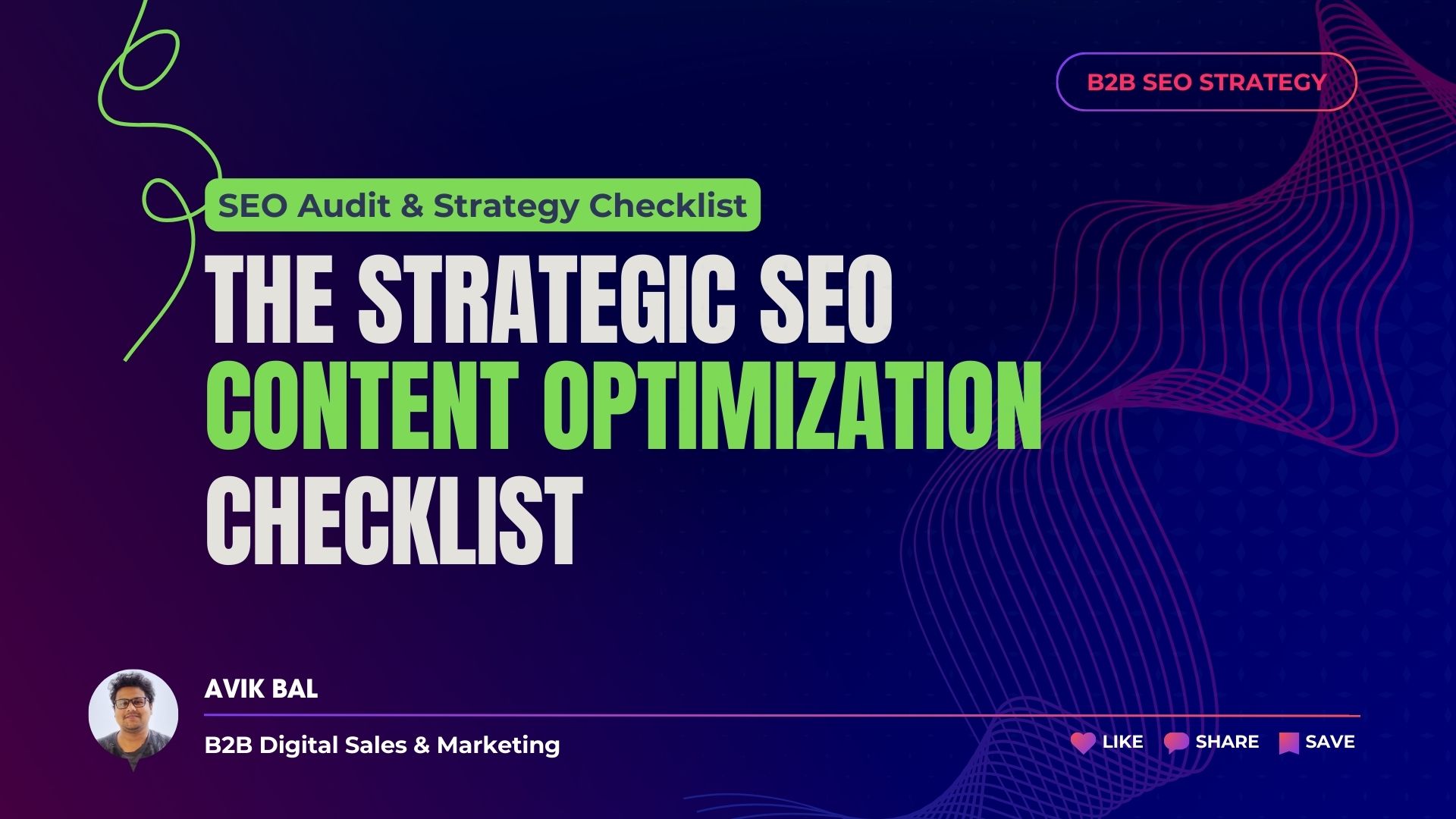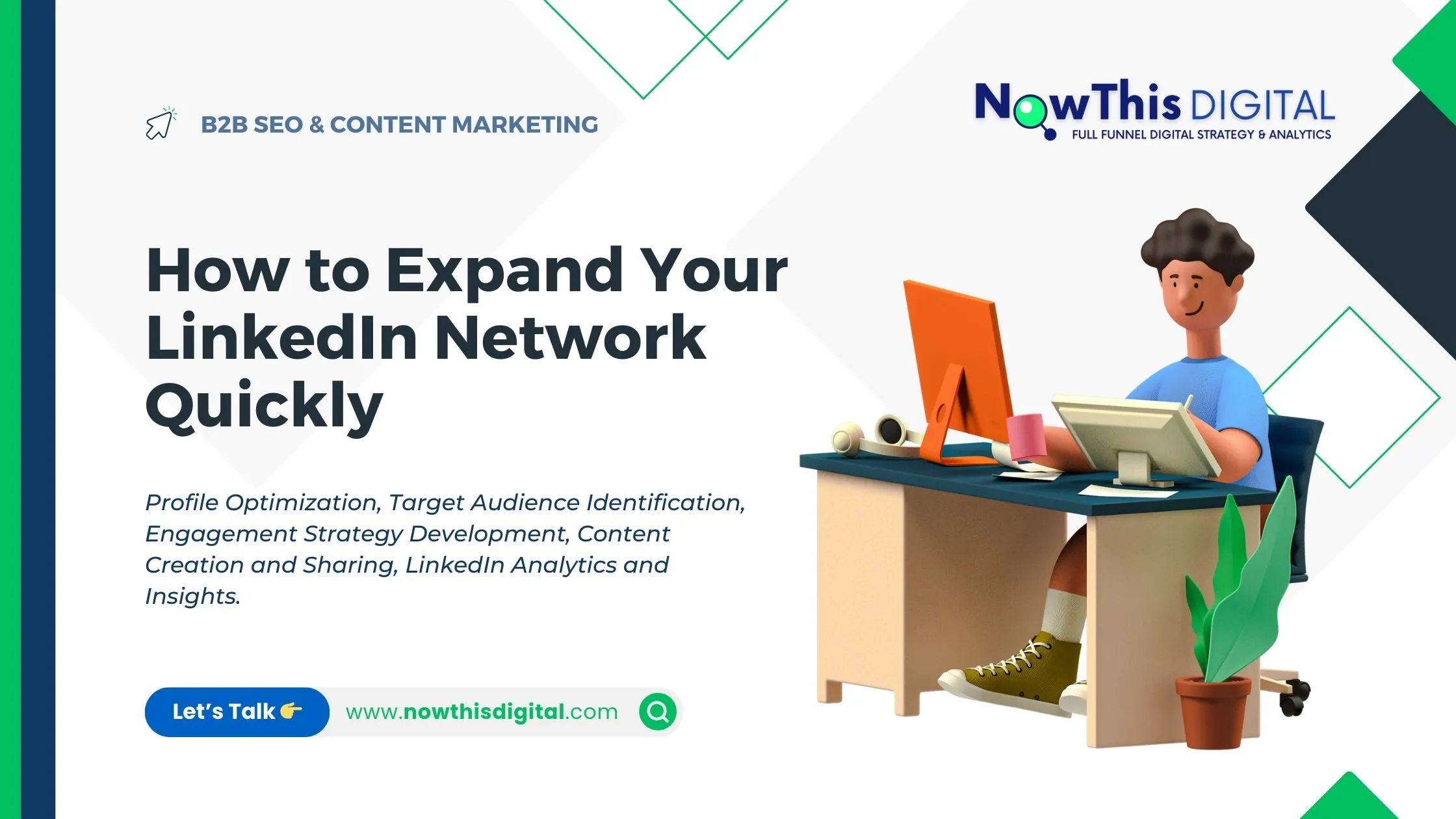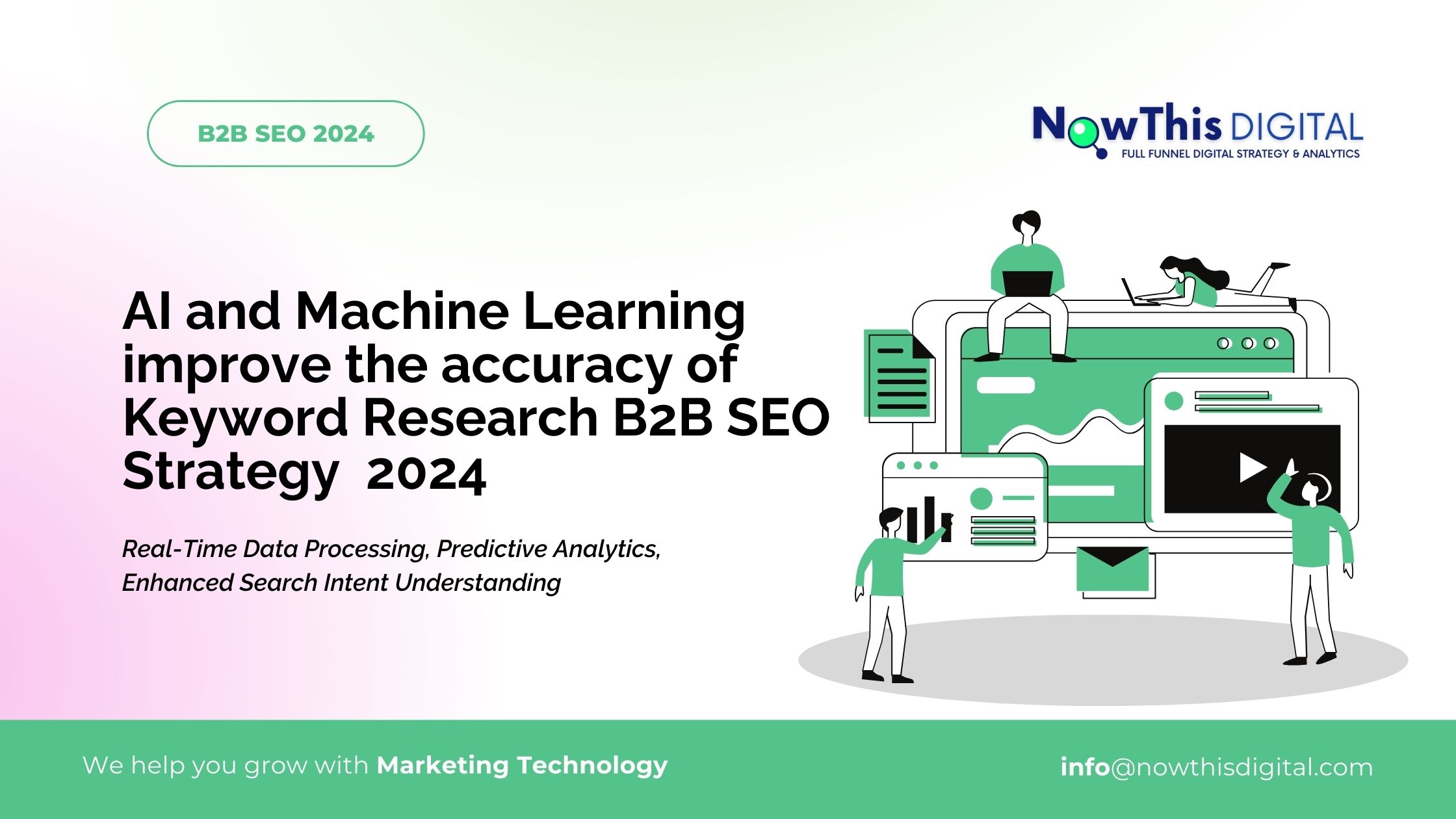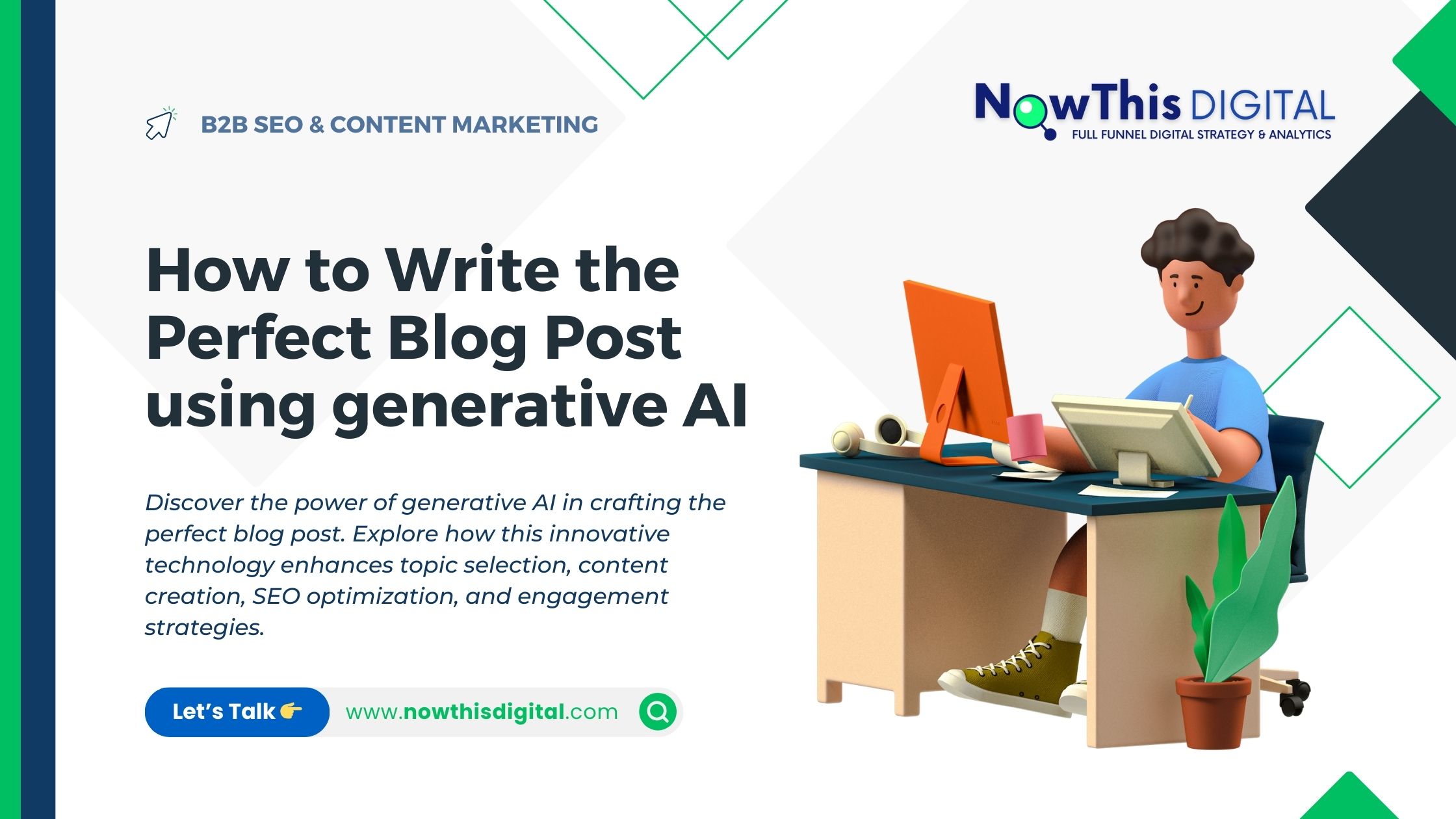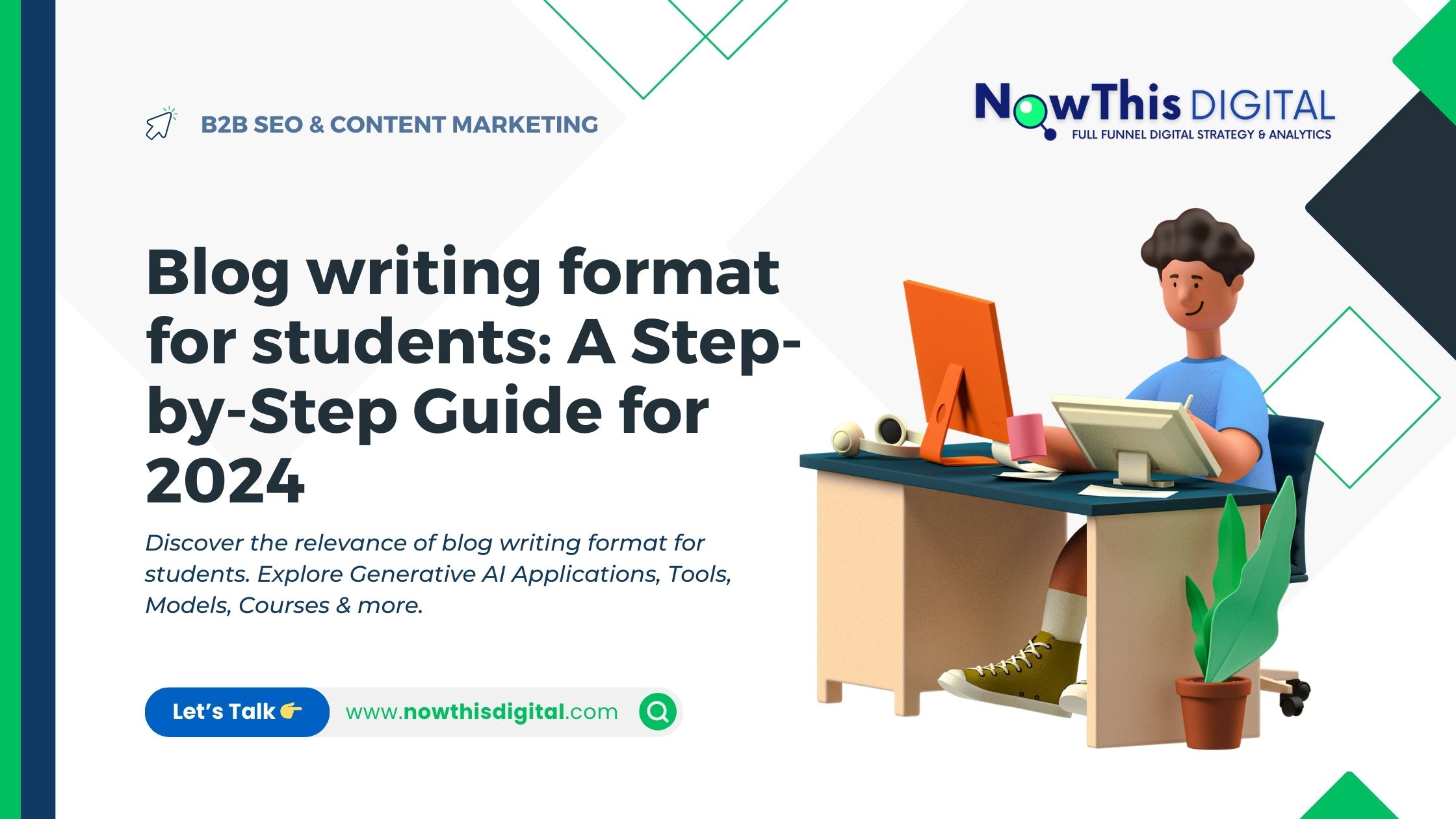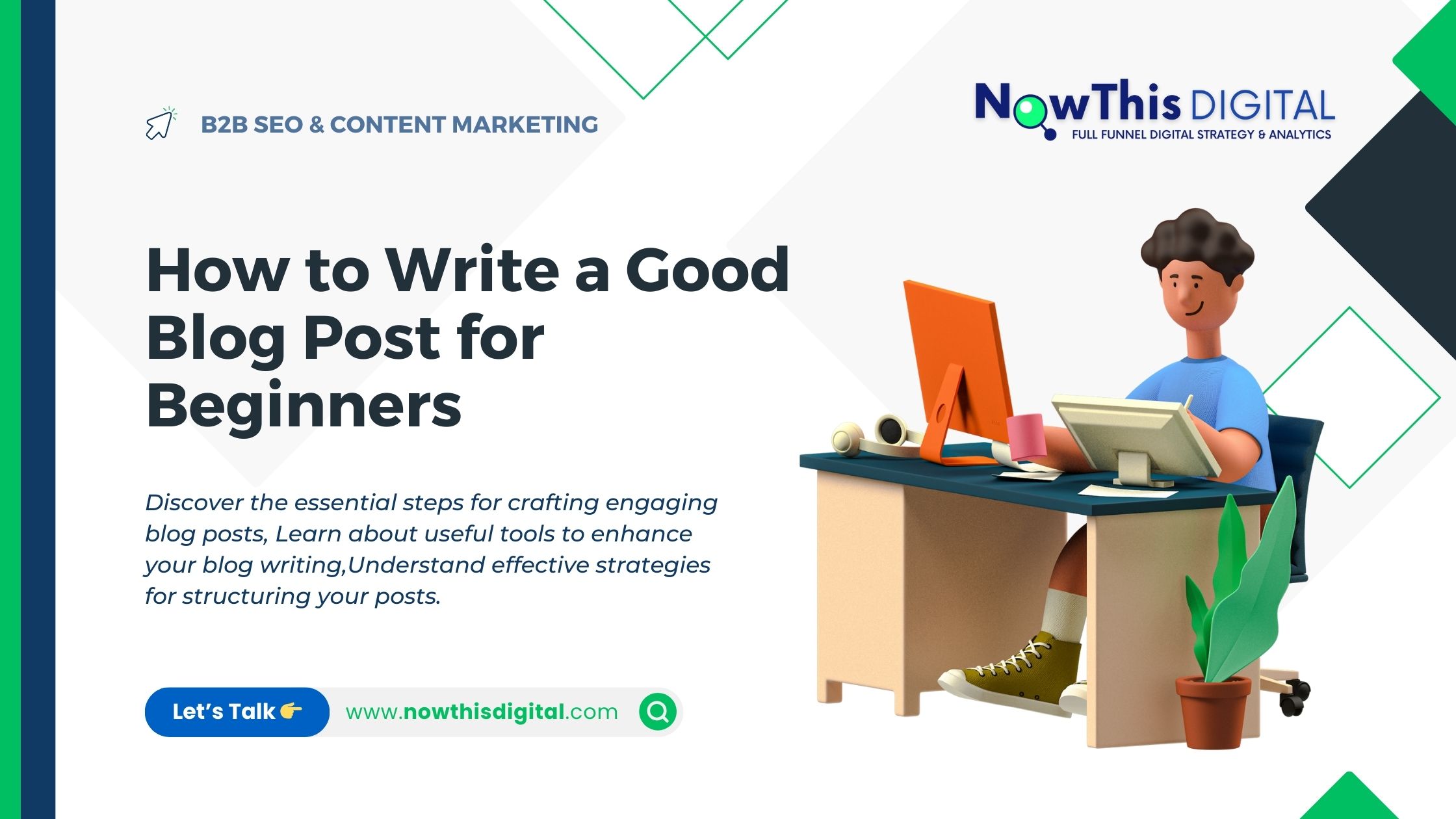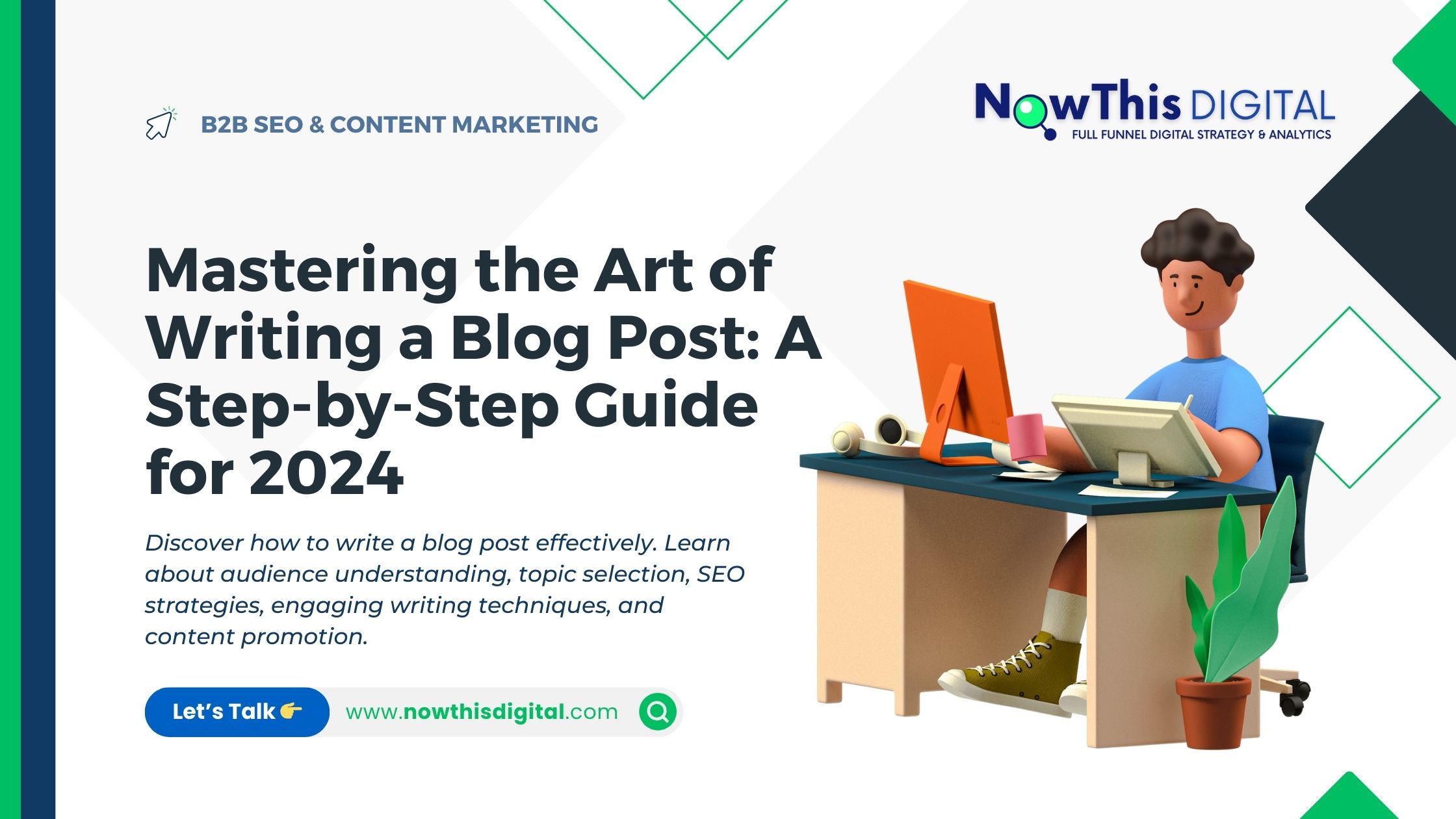AI Music Generators
AI Music Generation leading the way in this paradigm shift. AI is not merely a technological marvel; it represents a creative revolution that extends beyond the conventional boundaries of music production and consumption.
This synergy between artificial intelligence and music is characterized by both technical ingenuity and a redefinition of creativity. As AI algorithms advance, they not only assist composers but also generate original compositions, challenging traditional notions of art and creativity.
The convergence of technology and artistry is creating unprecedented opportunities for experimentation, pushing the limits of what is achievable in the realm of music. Whether one is a musician, a tech enthusiast, or a devoted music lover, the progress in AI music generation is poised to redefine how we create, consume, and conceptualize music.
This article delves into the intricacies of AI music generation models, placing a spotlight on the recent introduction of Meta’s open-source AI tool, AudioCraft.
How AI Music Generation Works
At its core, AI music generation involves training deep learning models on extensive datasets of music. These models learn intricate patterns, structures, and nuances from existing compositions, enabling them to produce novel, original pieces. The representation of music as numerical data is fundamental for machine learning models. Melodies are construed as sequences of numeric tokens, capturing aspects such as note, rhythm, and timbre. Frequently, MIDI files, which store music sequences, serve as the training material for these models.
But how do these AI algorithms comprehend music? The key lies in the richness of the data they are trained on. Many AI music generators utilize neural networks trained on an extensive array of musical compositions, ranging from classical symphonies to contemporary pop hits. These networks analyze mathematical relationships between diverse musical elements like pitch, tempo, and rhythm to generate innovative compositions. Advancements in Natural Language Processing (NLP) empower these models to grasp the emotional tone and thematic content of music, adding an additional layer of complexity to AI-generated compositions.
AI music generation is a fascinating and rapidly evolving field that leverages artificial intelligence (AI) to create music autonomously or assist musicians in the creative process. There are various approaches to AI music generation, and I’ll provide an overview of some of the key methods:
- Rule-based Systems:
- Basic systems use predefined rules to generate music based on musical theory and composition principles.
- These systems follow explicit instructions and may lack the flexibility and creativity found in more advanced models.
- Machine Learning Models:
- Recurrent Neural Networks (RNNs): These are a type of neural network architecture that can learn patterns and dependencies over sequences, making them suitable for music, which is inherently sequential.
- Long Short-Term Memory (LSTM) Networks: A specific type of RNN that can capture long-term dependencies, which is useful for modeling musical structures.
- Generative Adversarial Networks (GANs): GANs consist of a generator and a discriminator working against each other, creating a more adversarial and creative approach to music generation.
- Transformer Models:
- Transformers, popularized by models like GPT (Generative Pre-trained Transformer), have been applied to music generation tasks. They can capture long-range dependencies and have been successful in generating coherent and contextually relevant musical sequences.
- Symbolic vs. Waveform Models:
- Symbolic Models: These work at a symbolic level, dealing with musical notes, chords, and structures. They generate MIDI data or sheet music.
- Waveform Models: These generate music at the audio waveform level, allowing for more nuanced expression but often requiring more computational resources.
- Hybrid Approaches:
- Some systems combine rule-based approaches with machine learning to enhance creativity while maintaining control over certain aspects of the generated music.
- Transfer Learning:
- Pre-trained models on a vast amount of data can be fine-tuned for specific music generation tasks, enabling the model to capture a wide range of musical styles and structures.
Notable projects and platforms in AI music generation include Google’s Magenta, OpenAI’s MuseNet, and various research initiatives exploring the boundaries of AI-generated music.
While AI-generated music has shown promising results, it is important to note that these models are tools for assisting human creativity rather than replacing it. Many musicians and composers use AI-generated music as inspiration or as a starting point for their compositions. The ethical considerations of AI-generated art, including music, are also subjects of ongoing discussion within the creative and AI communities.
AI in Music Composition & Production
AI has made significant contributions to the field of music composition and production, revolutionizing the way musicians create, produce, and experience music. Here are some key aspects of AI’s role in music composition and production:
- Algorithmic Composition:
- AI algorithms can analyze vast amounts of musical data to identify patterns and structures. This analysis enables the generation of new musical compositions based on existing styles or genres.
- Algorithms can create harmonies, melodies, and even entire compositions, providing inspiration to musicians and composers.
- Generative Models:
- Generative models, such as Variational Autoencoders (VAEs) and Generative Adversarial Networks (GANs), can create original musical pieces by learning the underlying patterns from a dataset of existing music.
- OpenAI’s MuseNet and Google’s Magenta Studio are examples of AI tools that leverage generative models for music composition.
- Assistance in Songwriting:
- AI tools can assist human musicians in the songwriting process by suggesting chord progressions, melodies, or even lyrics based on input criteria.
- These tools can serve as creative collaborators, providing ideas and inspiration during the composition process.
- Music Production and Arrangement:
- AI algorithms are used in music production to automate tasks such as mixing and mastering, making the production process more efficient.
- AI can analyze audio tracks and suggest improvements, adjust levels, and even apply various effects to enhance the overall sound quality.
- Personalized Music Recommendations:
- Streaming platforms use AI to analyze user listening habits and preferences to offer personalized music recommendations.
- This technology helps users discover new artists and genres based on their individual tastes.
- Virtual Instruments and Orchestration:
- AI-powered virtual instruments can replicate the sounds of traditional instruments with remarkable accuracy.
- Orchestration tools use AI to arrange musical elements, simulating the sound of an entire orchestra with a single input.
- Real-time Performance Assistance:
- AI systems can provide real-time assistance to musicians during live performances, adjusting parameters based on the context and audience response.
- This can include dynamic tempo adjustments, adaptive accompaniment, or even AI-generated visuals synchronized with the music.
- Creative Sound Design:
- AI algorithms can contribute to the creation of unique and innovative soundscapes by generating and manipulating audio elements.
- This is particularly useful in experimental music genres and multimedia projects.
- Collaboration and Remixing:
- AI tools facilitate collaboration among musicians by providing shared platforms for remote composition and production.
- Remixing tools use AI to isolate and manipulate individual elements within a song, allowing for creative reinterpretations.
While AI has introduced exciting possibilities in music composition and production, it’s important to note that human creativity and intuition remain essential. Many musicians and producers view AI as a tool to enhance their creative process rather than replace their artistic input. The synergy between human musicians and AI technologies continues to evolve, pushing the boundaries of what’s possible in music creation.
AI Remixing Music
AI Remixing Music has emerged as a transformative force in the domain of music, and one of its innovative applications is in the realm of remixing. Traditional remixing involves manipulating and reimagining existing tracks, but with AI, this process has taken on new dimensions.
The dynamic collaboration between humans and technology has been a pivotal and continuously evolving aspect of the creative process. Our relationship with technology, particularly in the realm of music creation, remains indispensable and will continue to play a central role.
The transformative shift occurred with the mainstream adoption of digital audio workstations (DAWs) in the late ’90s and early 2000s, fundamentally altering the landscape of music production. This era marked a significant departure from traditional recording studios, as it empowered artists and songwriters to establish at-home studios and craft their musical masterpieces within the intimate confines of their living spaces. The advent of DAWs not only democratized music production but also ushered in a new wave of creativity and accessibility, enabling a generation of artists to flourish independently.
The emergence of this digitally-driven creative process during that period felt revolutionary, diverging markedly from the established norms of the past. The need for expensive recording studios became a thing of the past, paving the way for a democratization of music creation where creativity could flourish without the constraints of traditional studio costs. This transformative shift allowed a diverse array of artists to shape and define their sound within the comfort of their own environments, forever altering the landscape of music production.
Here’s how AI is making its mark in the world of music remixing:
- Automated Remixing:
- AI algorithms can analyze the components of a song, including vocals, instruments, and beats, and automatically generate remixes. These algorithms use machine learning to understand musical patterns and create versions that align with various genres or styles.
- Genre Fusion and Experimentation:
- AI enables the fusion of diverse musical genres and styles in remixing. By training on a vast array of musical data, AI algorithms can mix elements from different genres seamlessly, producing remixes that challenge traditional boundaries and create novel, experimental sounds.
- Real-time Remixing During Performances:
- AI technology allows for real-time remixing during live performances. Artists can use AI tools to manipulate and remix tracks on the fly, adding a dynamic and interactive element to concerts and DJ sets.
- Personalized Remixing Experiences:
- Streaming platforms and music apps are leveraging AI to provide personalized remixing experiences for users. AI algorithms analyze listening preferences to create custom remixes tailored to individual tastes, enhancing user engagement and satisfaction.
- Collaboration with Human Artists:
- AI is increasingly becoming a collaborative partner for human artists in the remixing process. Musicians and producers can use AI tools to experiment with new ideas, generate unique sounds, and add innovative layers to their remixes, pushing the boundaries of traditional music production.
- Creative Sound Manipulation:
- AI excels at manipulating and transforming audio elements. This capability allows for creative sound design in remixing, enabling the generation of unique textures, effects, and transitions that might be challenging to achieve through traditional methods.
- Enhanced Accessibility:
- AI-powered remixing tools democratize the music production process, making it more accessible to individuals who may not have extensive musical training. These tools offer a user-friendly interface, allowing enthusiasts to experiment with remixing and express their creativity.
- AI-Generated Remix Competitions:
- Some platforms organize AI-generated remix competitions where participants can submit AI-assisted remixes of existing songs. This not only fosters community engagement but also showcases the diversity of creative outputs that AI can generate.
While AI is making significant strides in reshaping the landscape of music remixing, it’s important to acknowledge that the human touch and artistic intuition remain invaluable. AI should be viewed as a tool that enhances and expands the creative possibilities for musicians and producers, rather than a replacement for human creativity. The collaborative interplay between AI and human artists continues to push the boundaries of what is achievable in the dynamic and ever-evolving world of music.
Generative AI Is Revolutionizing Music
Generative AI revolutionizes the music industry by democratizing creation and transforming various facets. This technology empowers users to produce royalty-free music with natural-language prompts, specifying style, mood, and more. Platforms like Loudly, Meta’s Audiocraft, and OpenAI’s MuseNet enable easy music creation and customization. Generative AI personalizes music for diverse audiences, shaping the future of royalty-free music. It is set to revolutionize the music business, bringing transformative changes. This technology offers immense potential for creative exploration, aiding artists and supporting decision-making processes. Generative AI is a revolutionary force, transforming music creation, production, and experience.
- Algorithmic Composition:
- Generative AI algorithms can analyze vast datasets of musical compositions, learning patterns and structures. This capability enables the algorithms to create entirely new pieces of music based on the learned styles and genres, expanding creative possibilities.
- Variety of Genres and Styles:
- Generative AI is not limited to specific genres. It can adapt and generate music across a diverse range of styles, from classical and jazz to electronic and hip-hop. This versatility opens up new avenues for experimentation and exploration in music creation.
- Collaboration with Human Musicians:
- Generative AI often collaborates with human musicians, acting as a creative partner rather than a replacement. Musicians use AI tools to inspire and augment their compositions, leading to hybrid works that blend artificial and human creativity.
- Real-time Music Generation:
- Some generative AI systems can produce music in real-time, responding dynamically to changes in input or context. This is particularly valuable in live performances, where AI can adapt and generate music on the fly, creating unique and unpredictable experiences.
- Personalized Music Recommendations:
- Streaming platforms leverage generative AI to analyze user preferences and behaviors, offering personalized music recommendations and curated playlists. This enhances the listener’s experience by introducing them to new artists and genres aligned with their tastes.
- Efficient Music Production:
- Generative AI contributes to streamlining the music production process. It can automate tasks such as composition, arrangement, and even mixing, allowing musicians and producers to focus on the more creative aspects of their work.
- AI-Generated Soundscapes and Textures:
- Generative AI is utilized to create unique soundscapes and textures that might be challenging to achieve through traditional means. This innovation is particularly relevant in genres that emphasize experimental and ambient elements.
- Democratization of Music Creation:
- Generative AI tools make music creation more accessible to individuals who may not have formal musical training. This democratization empowers a broader range of people to engage in the creative process and express themselves through music.
In summary, generative AI is revolutionizing music by expanding creative horizons, fostering collaboration between man and machine, and enhancing the overall music creation and consumption experience. As technology continues to advance, we can expect further innovations and integrations of generative AI in the evolving landscape of the music industry.
Adaptive Soundtracks
Adaptive soundtracks represent a significant advancement in the intersection of technology and music, offering an immersive and personalized experience for various media forms, particularly in the realms of video games, virtual reality, and interactive multimedia.





